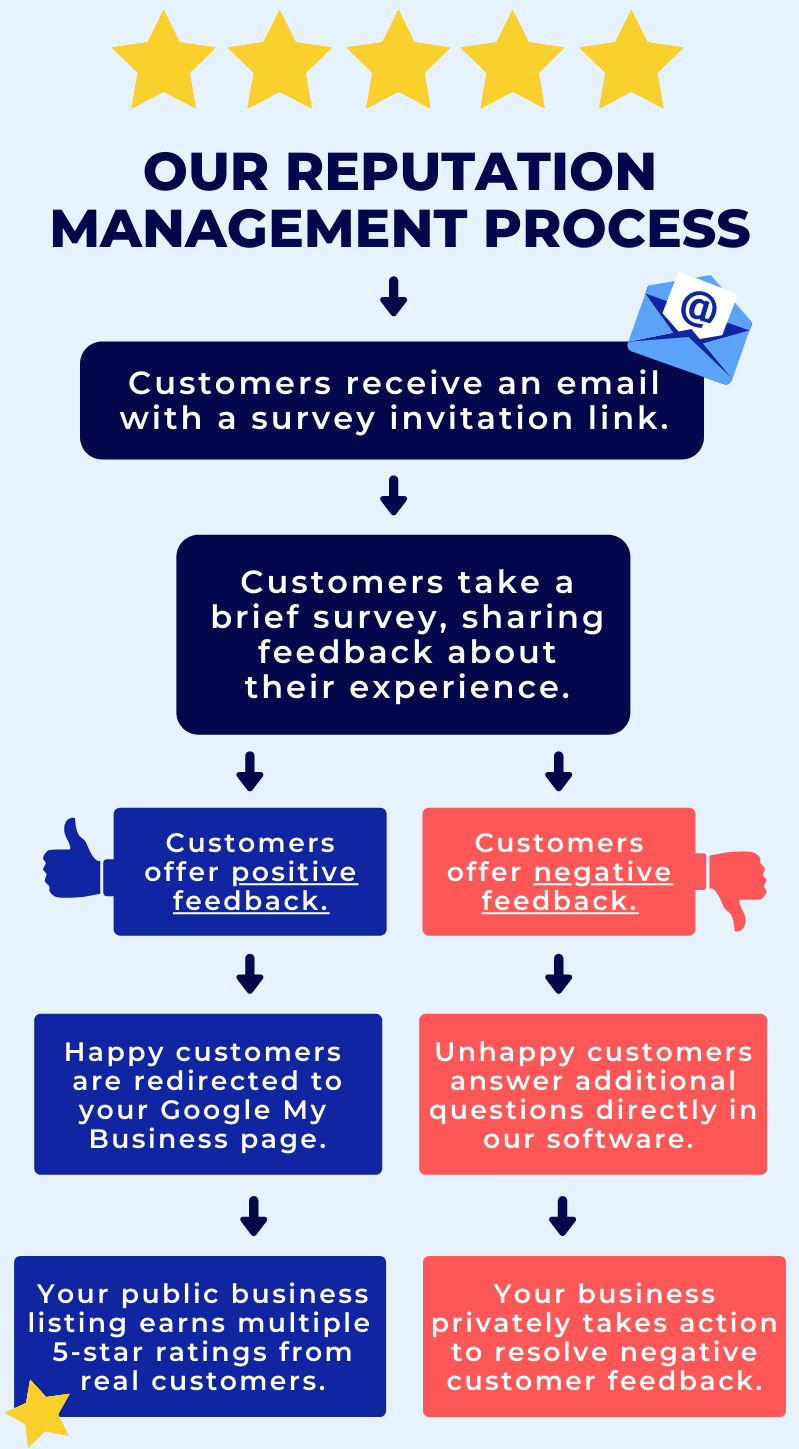![]()
Using market research to better understand performance, employees, sales, and customer satisfaction is a great first step in driving the success of your organization.
But...there is something even better! Continuously measuring and tracking performance is the best way to understand progress and change.
A market research company is often asked to measure awareness, perception, satisfaction, as well as other metrics. Measuring these metrics once helps organizations understand their placement in the market.
Continuously measuring these metrics helps organizations understand where they have been, what strategies have worked, the ROI of strategies used, as well as other benefits. Learn more below!
What's greater than conducting market research? Using marketing research on a continual basis to track and measure the performance of your organization. Check out these 6 benefits below.
#1: Eliminating temporal biases
Temporal bias is when someone believes market and/or industry changes are more likely to occur in the distant future rather than the near future. Moreover, current conditions are always perceived as better than they will be in the future.
It is important for organizations to be prepared, stay ahead of the competition, and have the ability to adapt to consumers' needs.
By using continuous performance measurement and tracking, organizations get insight into the market and industry changes, before they happen.
Maybe current conditions are great. Or, maybe current conditions are just OK. Rather than guessing at future market and industry shifts, use market research and predictive analytics to keep tabs on consumers.
💡 The Key Takeaway: While no one can predict the future, several types of market research methodologies are the closest thing to having a crystal ball. Use data and fact-based evidence rather than general assumptions to drive decision-making.
#2: Better understanding of market fluctuations
Market fluctuations can be unpredictable. Just take a look at the stock market. It moves on average -1% and +1% a day.
Similar to eliminating temporal biases, having a better understanding of market fluctuations make organizations more adaptable and successful when taking on new opportunities.
Keep in mind, that having a better understanding of market fluctuations does not always mean consumers are more or less likely to make a purchase.
Instead, think of market fluctuations as changes in where money is being spent. Through continuous performance measurement and tracking, organizations can get an inside look at these changes, understand why, and take on new opportunities.
💡 The Key Takeaway: Speculations, expectations, and supply and demand are all generalized factors that impact market fluctuations. However, by conducting regular market research, you can have a clearer picture of where money is being spent to broach new opportunities.
#3: Continuous stream of real-time data to monitor progress
Access to a continuous stream of data to monitor progress is one of the most important benefits of continuous performance measurement and tracking. Changes are always occurring among internal organizational practices as well as outside factors.
Consider changes such as staff, management, locations, product/service line, market, organizations entering or leaving the market, etc. All of these changes affect key performance indicators (KPIs).
Conducting continuous customer feedback surveys and even employee surveys is the best way to understand how changes, whether it is realized or not, affect consumers' mindsets.
Watch our video, The Value of Collecting Continuous Customer Feedback, for more insights here.
💡 The Key Takeaway: Whether it is big or small, organizational changes can impact your bottom line. Monitor these changes in real-time by regularly surveying customers and gathering feedback about how awareness, perception, and satisfaction have progressed (or regressed).
#4: Identify problems in real-time
If an organization is continuously measuring and tracking performance, it is bound to get critiques or negative feedback.
Of course, it is disappointing to receive negative feedback but this allows the organization to improve.
Without asking for feedback, organizations miss out on tons of great reviews and information. So much so, our market research firm believes there is much more benefit in obtaining negative feedback than all positive.
This helps identify what areas are most important to improve.
Another way to continuously measure and track performance is through online reputation management (ORM). ORM allows an organization to survey customers and ask for a review.
If the review is poor, management is notified in real-time so it can be addressed without the issue being spread further online. If the review is good, however, the customer is directed to write a review on Google, Facebook, etc. which benefits the organization's online reputation and SEO.

💡 The Key Takeaway: Not every customer is going to become a brand promoter. But it's how you react to negative feedback that shows more about your brand than anything. Using online reputation management is a great secret hack to increasing Google reviews and resolving customer concerns in real-time.
#5: Quickly explore pertinent questions
Another great benefit to continuously measuring and tracking performance is being able to make updates to the survey to address new needs.
For example, suppose a new competitor enters the market and the organization wants to understand what consumers know about the competitor and/or the perception of the competitor.
Or, a crazy pandemic arrives and shuts down the entire world for months -- like that could ever happen right?
Surveying customers on a regular basis allows you to account for real-world events that could be impacting the way they do business.
The survey could also be used to test new ideas, marketing tactics, opportunities, etc.
💡 The Key Takeaway: While our online survey company recommends keeping the questionnaire similar to adequately track KPIs, it doesn't mean you can't adjust questions based on recent events. We often employ the 80/20 rule for brand tracking surveys -- leave 80% of the questions the same leaving room for 20% of the questions to be altered or switched.
#6: Continuous customer engagement
Saving the best for last! Continuously measuring and tracking performance helps organizations stay in tune with customer engagement. By regularly surveying customers, organizations stay top of mind.
"Regularly surveying" may vary for each organization. Factors that affect how often surveying is conducted depending on the needs of the organization.
One organization may benefit from surveying customers yearly. Another organization may opt to survey customers after they make a purchase.
Another option is to conduct monthly or quarterly satisfaction surveys. It all depends on your audience type, business objectives, and goals.
💡 The Key Takeaway: Whether it be monthly, quarterly, or annually, surveying customers on a regular basis allows your organization to leverage real-time insights to improve retention and increase revenue.
Drive Research is a national market research company located in Syracuse, NY. Our team creates customized market research studies for a variety of industries and markets. We have conducted many brand tracking studies to help organizations stay competitive, grow brand awareness, and more.
Ready for more info? Learn about our market research services and reach out to us through any of the four ways below.
- Message us on our website
- Email us at [email protected]
- Call us at 888-725-DATA
- Text us at 315-303-2040

Emily Taylor
As a Senior Research Analyst, Emily is approaching a decade of experience in the market research industry and loves to challenge the status quo. She is a certified VoC professional with a passion for storytelling.
Learn more about Emily, here.

